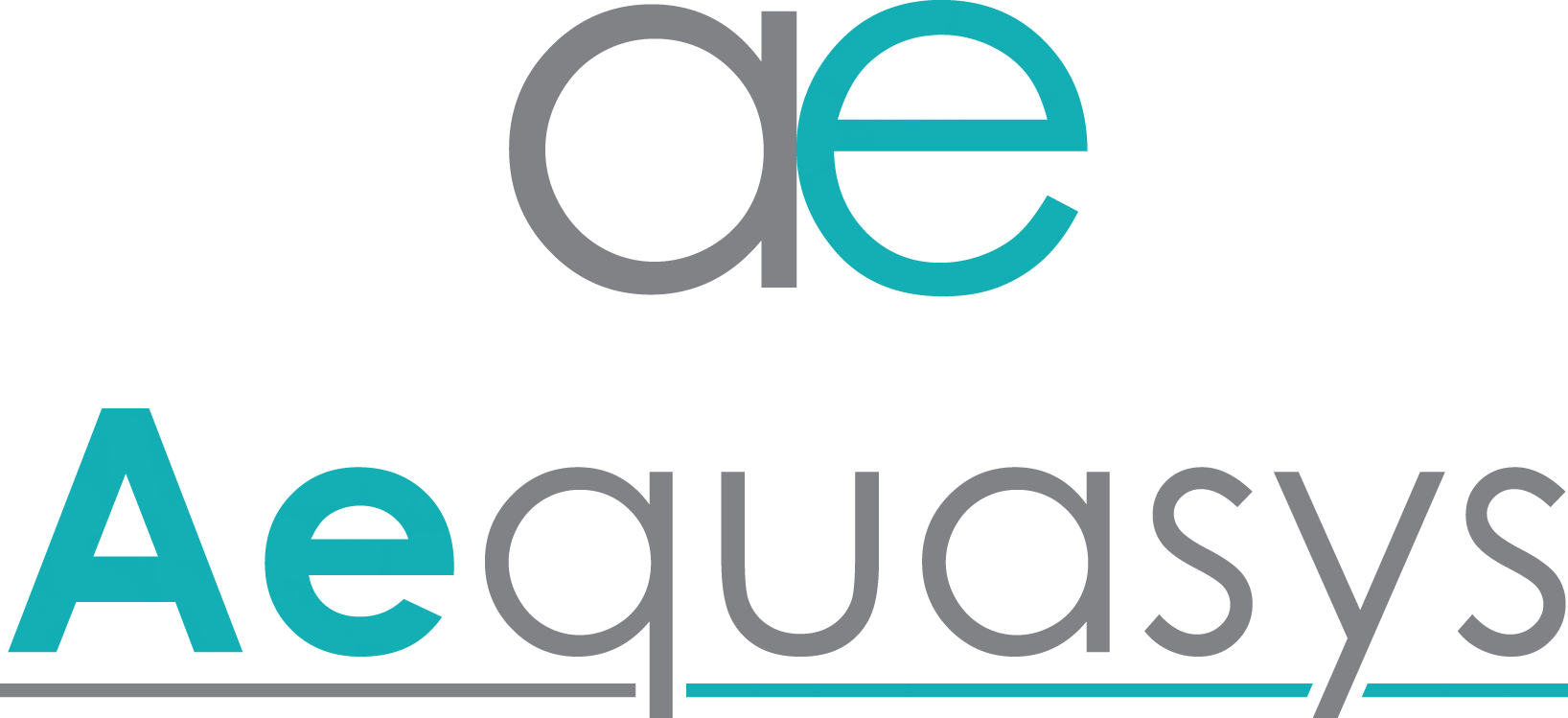Unit 1: AIX System administration on p Series
– Overview of RISC technology
– Presentation of AIX Operating System
– Role of the AIX system administrator
– root’ login and the ‘su’ command
Unit 2: System Management Tools
– System Management Commands:
– Use of the command line
– System Management Interface Tool (SMIT ):
– The ‘smit’ command and its options
– SMIT main menu
– Dialog screen
– Output screen
– The ‘smit.log’ and ‘smit.script’ files
– Systems Director Console (pconsole)
Unit 3: Device configuration
– Introduction to the ‘Object Data Manager’
– Listing devices
– Interpreting Location Codes
– Device states
– Self-configuring Devices
– The ‘getconf’ command
Unit 4: Configuring TCP/IP
– Terminology
– Dynamic and Static routing
– Prerequesite to configuration
– Configuration
– The ‘/etc/hosts’ file
– Test the network connectivity
– Run a command on a remote system
– Transfer files between systems
Unit 5: Users and Groups management
– Concepts of users and groups
– The ‘smit users’ command to manage users
– System management commands to manage users
– Configuration and password files
– The ‘smit groups’ command to manage groups
– System management commands to manage groups
– Validating the user environment
Unit 6: Basic Security features
– Security logs
– File and Directory ownership and permissions
– Reading and changing ownership and permissions
– The ‘umask’ structure
– Control of the root account
– Security log files
Unit 7: Introduction to the Logical Volume Manager
– Overview
– Volume Groups, Physical Volumes and Logical Volumes
– Volume Group Descriptor Areas and Quorum
– Volume Group limits
– Scalable Volume Group
– Disk Placement Policies
– Introduction to RAID:
– Mirroring:
– Scheduling Policies: Parallel
– Mirror Write Consistency
– Scheduling Policies: Parallel
– Mirror Write Consistency
– AIX Administration – Foundations
– Scheduling Policies: Sequential
– Striping
– RAID Levels
– File systems RAID Levels
– Standard AIX file systems
– The ‘/etc/filesystems’
Unit 8: Working with the Logical Volume Manager
– Working with Volume Groups:
– List and explore Volume Groups
– Add, change and remove a Volume Group
– Extend or reduce a Volume Group
– Using a hot spare
– Activate/Deactivate a volume group
– Import/Export a Volume Group
– Reorganise a Volume Group
– Working with Logical Volumes:
– List and explore Logical Volumes
– Add, change and remove a Logical Volume
– Mirror an existing Logical Volume
– Synchronise a mirrored Logical Volume
– Working with Physical Volumes:
– List and explore Physical Volumes
– Add, change and remove a
Unit 9: Working with File Systems
– Journaled File System, superblock and inode
– Fragmentation and compression
– Allocation group size
– Journaling of File System Data
– Enhanced Journaled File System (JFS2)
– List and explore Filesystems
– Add, change and remove a Filesystem
– Mount and unmount a Filesystem
– Extend or reduce a Filesystem
– RAM and UDF filesystems
– Filesystems management:
– Listing free space and disk usage
– Cleaning up the content
– Defragmenting
– Verifying structure
Unit 10: Working with Paging Space
– Paging Space Location
– List and explore Paging Space
– Paging Space sizing
– Paging Space monitoring
– Add, change and remove Paging Space
Unit 11: Printer configuration
– Queuing Concepts in AIX
– Data flow
– Spooling Control Directories
– The ‘qdaemon’ program
– The ‘qconfig’ file
– Configuring print queues
– Adding, managing and removing print queues
– Remote printing
– Submitting print jobs
– Managing print jobs in a queue

 Aequasys
Aequasys Aequasys
Aequasys